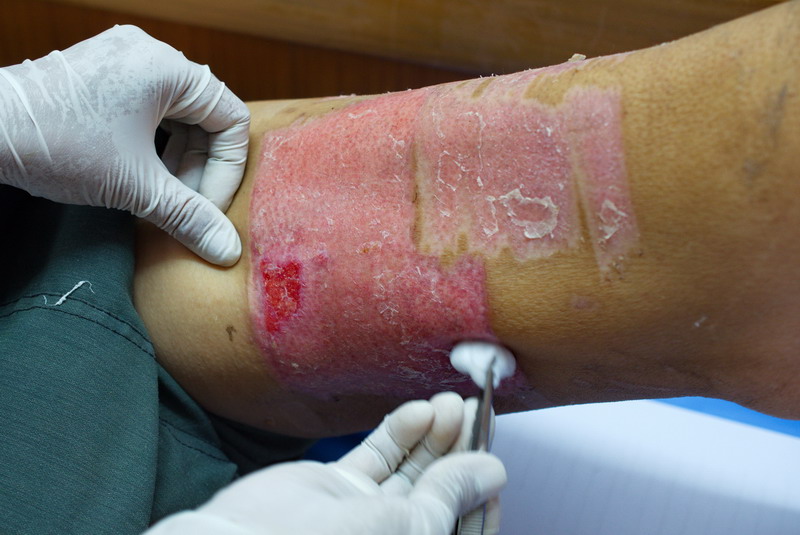
The goal in football is to carry the ball into the end zone. In hockey, the goal is to get the puck in the net. The goal of stem cell research is to reach a point at which tissue can be grown in a lab so as offer on-demand replacement of injured or diseased tissue. We are one step closer to that goal thanks to a miraculous procedure involving a little boy in need of a life-saving skin graft.
The Advanced Regenerative Medicine Institute, a physician-training organization based in Utah, explains that most of the proven stem cell therapies in use today involve autologous material. This is stem cell material donated by the same person being treated. Doctors use autologous material because lab-grown tissue is not yet available. At least not on a routine basis.
That lack of lab-grown tissue did not stop doctors at Germany’s Children’s Hospital of Ruhr-University when they first saw a seven-year-old boy they would eventually treat. The boy suffered from a rare skin condition that threatened his life. The condition made his skin so fragile that just a scratch or minor abrasion could be devastating.
Traditional Treatments Did Not Work
The hospital that admitted the little boy started with traditional treatments first. They gave him morphine for his pain, then tried treating his skin with a combination of antibiotics, dressings, and a skin graft using skin donated by his father. Nothing seemed to help. So the doctors began researching the possibility of using genetically engineered stem cells to grow new skin in the lab.
They settled on a technique that had only been tried a few times before. A small amount of healthy skin taken from the sick boy was sent to a lab where stem cells were extracted. Those cells were then genetically modified to eliminate the gene known to cause the boy’s condition. Finally, researchers stimulated the cells to grow into new skin.
The process was repeated several times until doctors had enough lab-grown skin to treat all the affected areas of the boy’s skin. When all was said and done, nearly 80% of the boy’s body was covered with the grafts. Doctors waited to see how his body would react.
To their surprise, the lab-grown skin integrated normally with the underlying dermis. Doctors observed the growth of hair follicles as normal. They observed bumps and bruises that otherwise would have been dangerous heal as they should. The icing on the cake was that the boy’s new skin did not require any special ointments or other treatments normally associate with skin grafts.
Proof of Concept
Science does not yet have the means to grow tissue in the lab on a large enough scale to meet the demands of modern medicine. But what the doctors did in Germany provides proof-of-concept. They were able to take stem cells that would have otherwise contributed to the patient’s disease and genetically modify them in order to grow disease-free skin in the lab.
This has huge implications. It suggests the possibility that stem cells taken from random donors can also be genetically modified before being grown into various forms of tissue. Genetic modification would mean that the cells could be implanted without the fear of rejection or complications.
Eliminating complications and rejection risk are the two main things hindering stem cell research in the lab arena. Doctors already know how to grow tissue; it is a matter of growing tissue that will not make a sick patient sicker. We now may be one step closer to realizing that goal.


